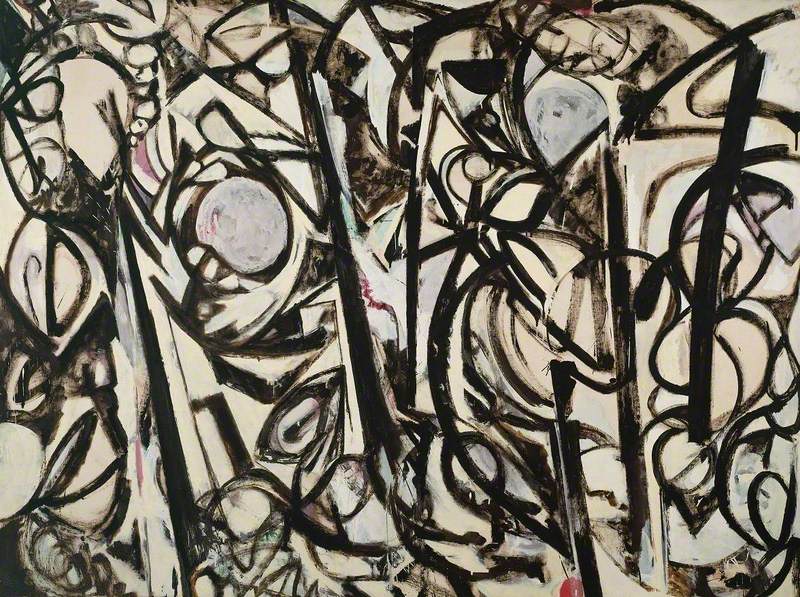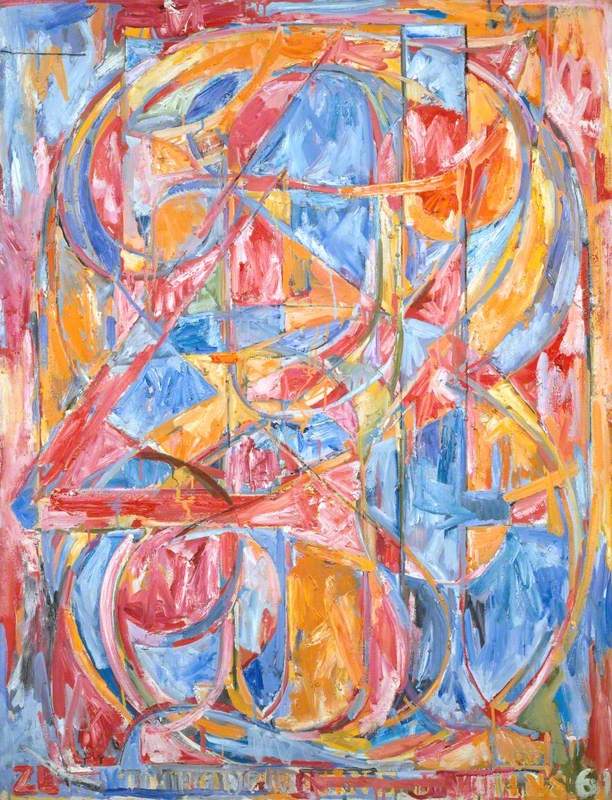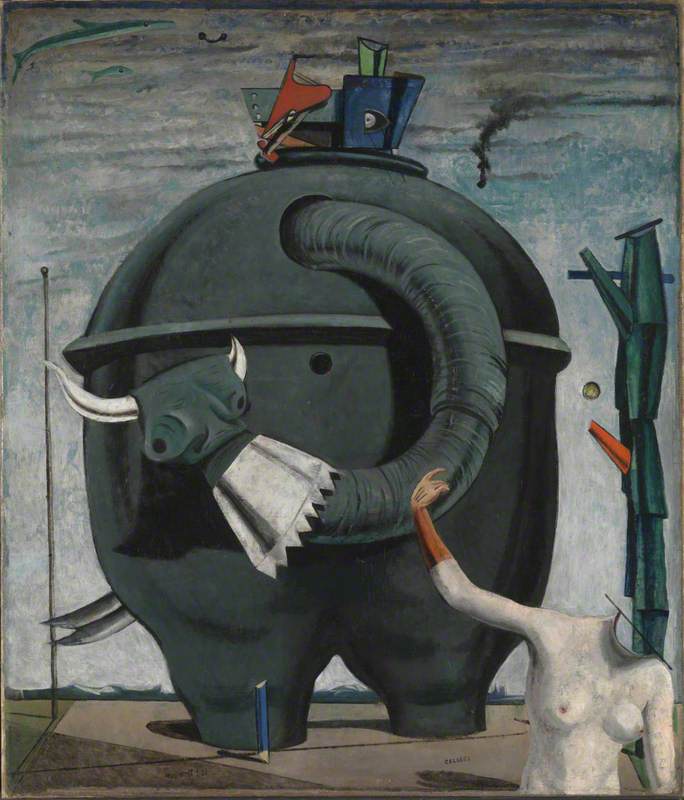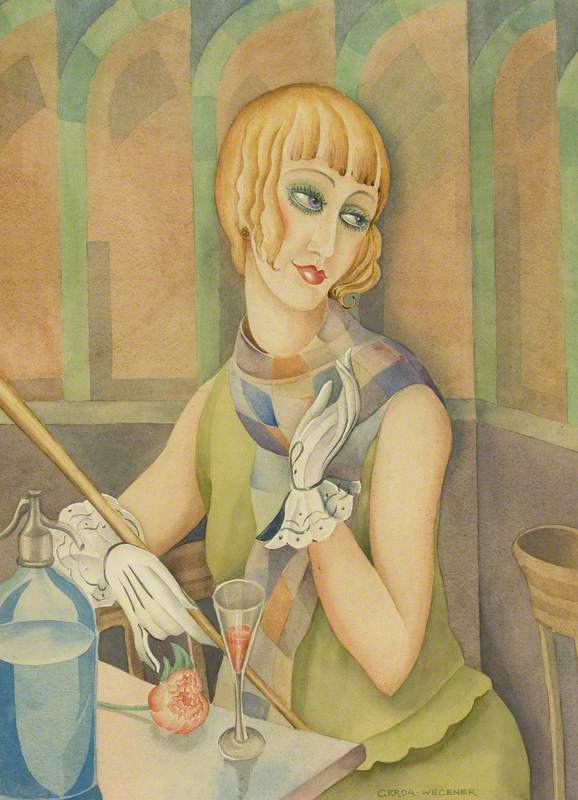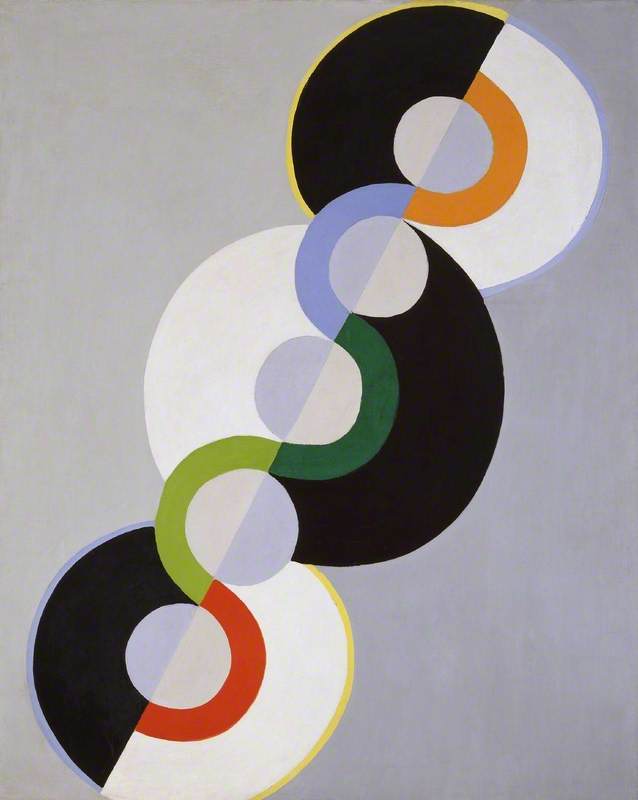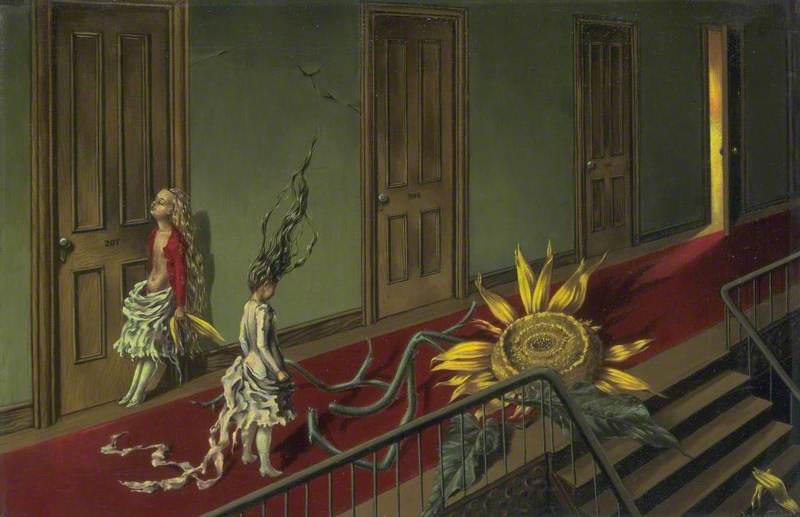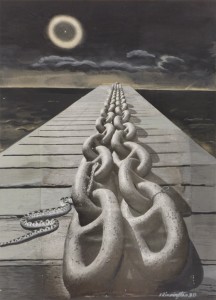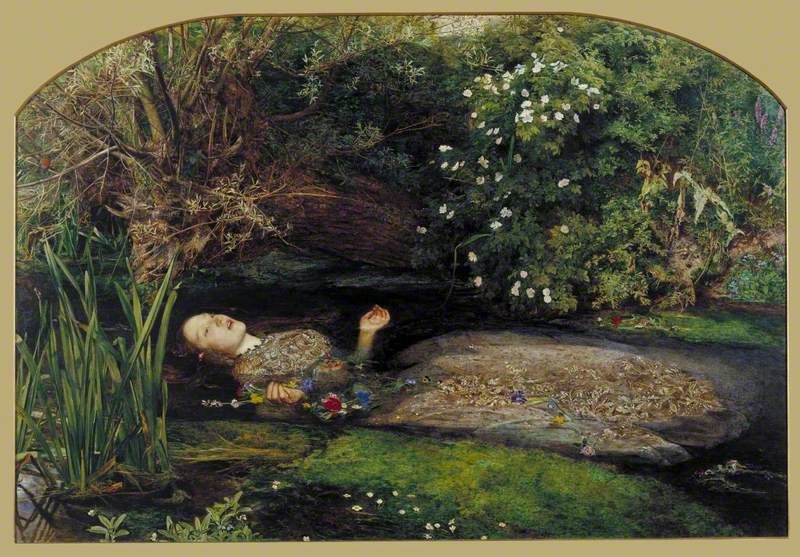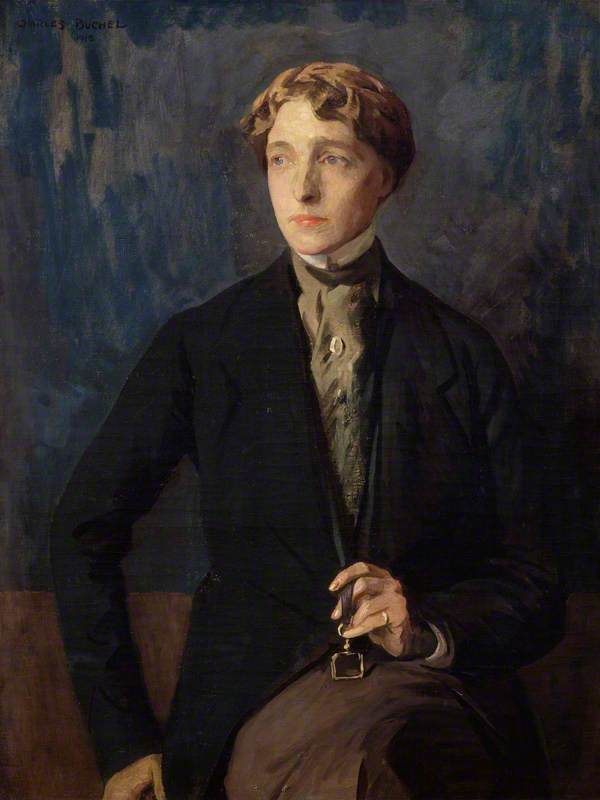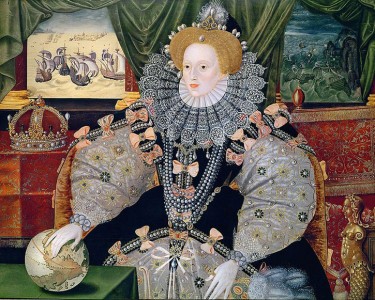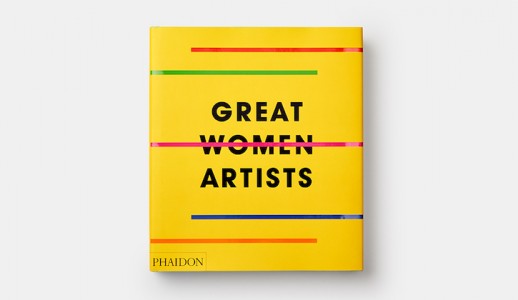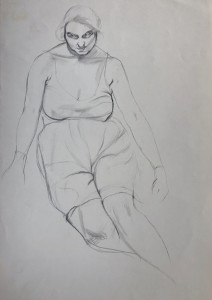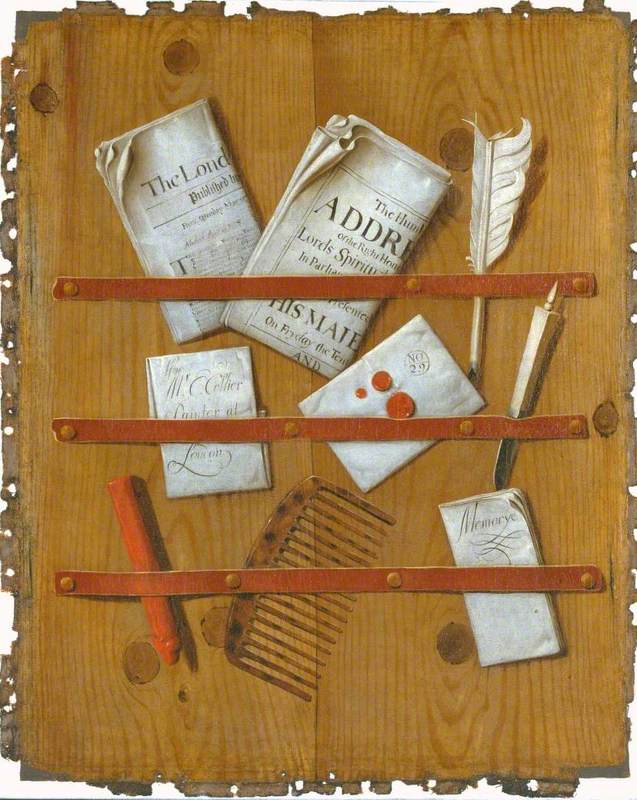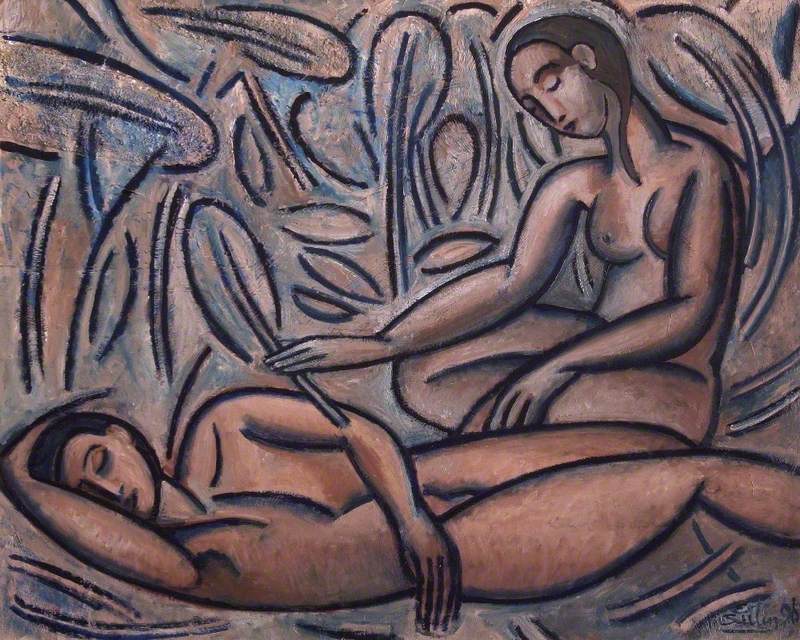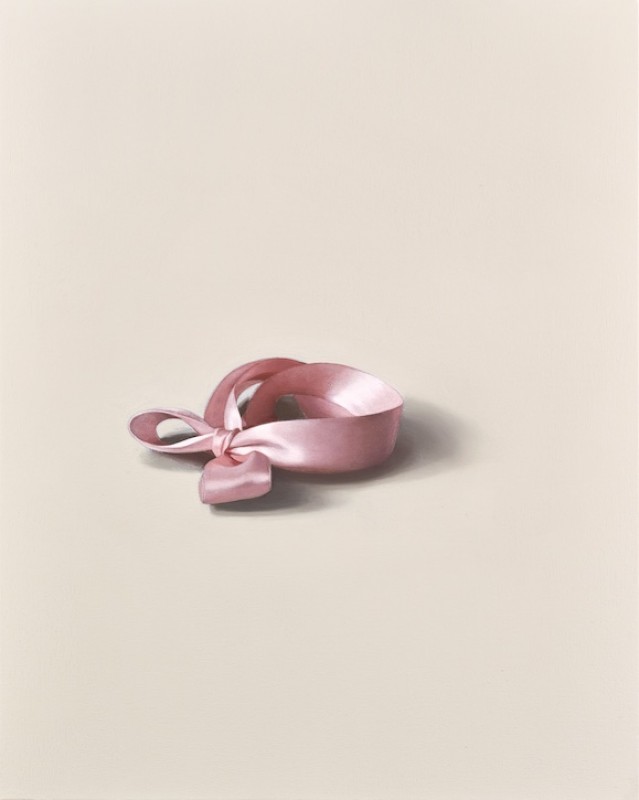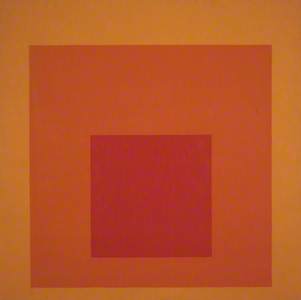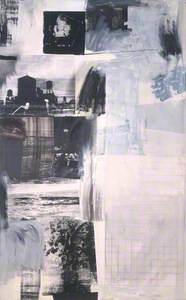Download and subscribe on Apple Podcasts, Stitcher or TuneIn
Art Matters is the podcast that brings together popular culture and art history, hosted by Ferren Gipson.
We often look at subjects within paintings to see what they can tell us. What is the relationship between the figures? Or why has an artist painted a particular place? But artists, themselves, can be endlessly interesting subjects. Their joy, sadness and passion play out in real life just as much as any piece of artwork. And what inspires more joy, sadness and passion than the fickle feelings of love?
'Everyone loves a love story, whether it's love at first sight or a big bust-up, or jealousy. This is something that connects us across countries and time and space,' says art historian and presenter, Kate Bryan.
Kate wrote The Art of Love, a book telling the love stories of great artists from modern and contemporary art. The primary focus of the book is to explore the relationships between these artists and how these connections impacted their work, but there's another wonderful byproduct. In sharing these stories, Kate highlights women and queer histories that often go untold. If you read biographies for many women artists, a common issue is that they are described through their relationships with the men in their lives.
'If you get Picasso [in a book], then you can use the star power of Picasso to shine a light on two artists who probably knew Picasso, and who were very much in that circle,' says Kate. 'Ethel Mars and Maud Hunt Squire were really well established. They were hanging around the Gertrude Stein salon. The first recorded use of the word "gay", to mean same-sex love was written by Gertrude Stein about these two artists Maud and Ethel. Yet, they've been totally run out of our history. They were established, they were showing at the Salon, they were really part of this great circle of artists.'
Self Portrait
1946, oil on masonite by Elaine de Kooning (1918–1989)
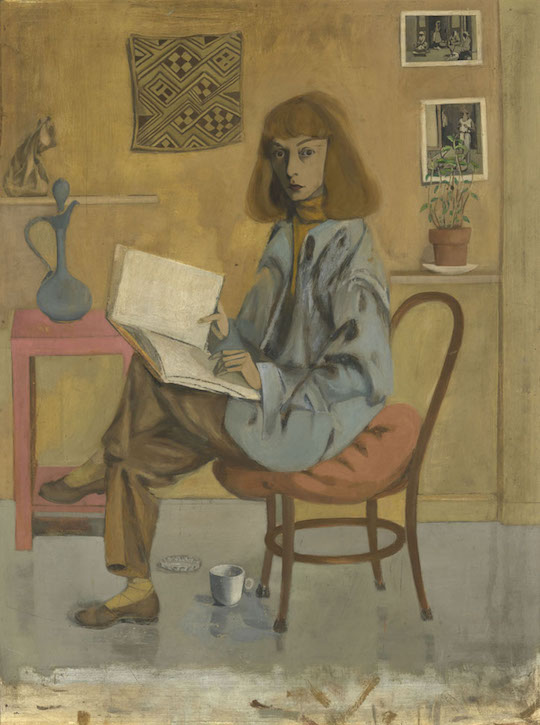
Too often, women artists are described as the 'wife of' or "daughter of' instead of by the merits of their own work. This book is all about relationships, but that doesn't mean Kate wasn't still conscious of this issue. She took care to feature couples with equally talented and influential partners. It's amazing to see how many artists' relationships there were to write about – from Elaine and Willem de Kooning to Lili Elbe and Gerda Wegener. With 34 couples in the book, I was curious if Kate noticed any interesting patterns.
'I think, to be daft, the single biggest thing that emerged consistently was that it is completely preposterous for two artists to be in one relationship,' Kate jokes. 'Take two [artists] and all the insecurities, and all the ego and all the passion, blood, sweat, and tears, and then put two of them in one household. It's like, "Are you crazy?"'
Sometimes, the push and pull of these relationships is evident in the artists' work. Around the time of Frida Kahlo and Diego Rivera's divorce, Kahlo painted a piece called The Two Fridas. It shows two self portraits of the artist, each with her heart exposed. Her two selves are connected by an artery and another vessel linking the two has been clipped. The work highlights how Kahlo felt torn between Rivera and her own desires, and shows her heartbreak.
But there are also happier tales, where couples flourished and bettered each other. Sonia and Robert Delaunay are a good example of this. Together, the couple were instrumental in founding the Orphism art movement. This style was an offshoot of Cubism known for vibrant colours and shapes. Unlike Cubism, Orphism focused on pure abstraction, rather than depicting forms and figures in an abstracted way. Sonia and Robert painted and exhibited in this style throughout their lives.
'Artists like Josef and Anni Albers had such a great equal marriage, who were spending time together at all these incredible universities, like Black Mountain. He's at Yale and she's there by his side the whole time,' says Kate. 'She's really respected. She actually gets museum shows before he does. I think that it was quick to say, "Oh, Josef's wife Annie is an artist too", but, no, she was major. She's a major artist.'
Picasso had relationships with multiple artists, including the celebrated photographer Dora Maar. Maar was with Picasso during the time he was creating his famous Guernica painting, which documents the horrors of the Spanish Civil War. During this same period, he painted a more colourful image titled Weeping Woman in the Tate collection, which used Maar as a model. In her book, however, Kate focuses on his relationship with Francçois Gilot.
'She was always protective of her artistic integrity. She was always fiercely trying to carve out space for herself. She didn't want to be subsumed into the big Picasso vortex to the extent that she didn't want him to even draw her. She didn't want to be his muse, because she knew that he would take away her integrity,' says Kate.
Robert Rauschenberg is another artist who had multiple relationships with artists, including his first wife Susan Weil, who was an experimental painter. After this time, he likely had a relationship with Cy Twombly before he was with Jasper Johns.
'There are a lot of artists who were in multiple relationships, and particularly amongst the Surrealists, there's a lot of bed-hopping there,' says Kate.
Dadaist and part-time Surrealist Marcel Duchamp once said that the women of the Surrealist movement were only mistresses, muses and models, but he couldn't have been more wrong. We can easily disprove his claim by looking at an artist couple from the Surrealist movement, Max Ernst and Dorothea Tanning. Tanning was a phenomenally talented artist working across painting, printmaking and sculpture. In 2019, Tate held a large exhibition of her work, showcasing the imaginative and bizarre worlds she created in her work. Together the couple hosted many artists in their Arizona home, and they were even married in a joint ceremony with Man Ray and his wife, Juliet Browner.
As with any relationships – artists or not – some pairings work and some don't. What's interesting about these stories is that art is such a creative and emotional form of expression, and the circumstances of an artist's life can be as interesting as the work they produced.
'There are amazing things that happen when two artists come together,' says Kate. 'There is magic and there is power in that, and there are these peculiarities that you can only really understand about artists' work if you can get your head around what it is to be sensitive and intensely connected.'
Listen to our other Art Matters podcast episodes
